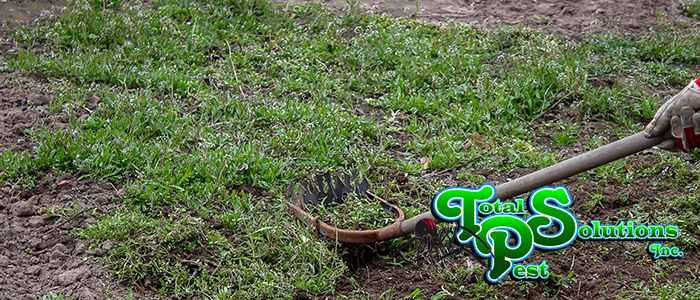
The word rodent means “to gnaw”. There are three types of rodent infestations that we will talk about today. Those are the House Mouse, the Norway Rat, and the Roof Rat. These rodents are known to contaminate and eat our food and carry diseases.
Rodents are warn blooded mammals that, can be found throughout the world. The have oversized front-teeth for gnawing and check teeth, which are a rat’s bac molar teeth. Rodents chew on a variety of items around them and can cause a lot of damage around a home. If living conditions for the rodent are right (food, shelter, and water), they can multiply very quickly – which leads to infestations. Rats can get indoors through holes the size of a quarter, while mice can use gaps the size of a dime to come inside.
Rodent Control
The first essential step is to eliminate or control their food, water, and shelter provisions. After doing that, use the methods of trapping and baiting to get rid of the rodent infestations. Other types of rodents, such as the white footed mouse, deer mouse, harvest mouse, pocket mouse, or pack rats may enter buildings, particularly if they are near wooded areas or tall fields.
What Kind of Rodent Do You Have?
Rats are much larger than mice, with much larger heads and feet and much coarser fur. Mice are curious and a rat is cautious. You will find Norway rats burrow and they tend to stay on the lower levels of a structure, while the Roof rat prefer to be higher in a structure. Use a flashlight to inspect their particular activity. Look for their “droppings”, rodent tracks, gnawing damage, burrows, runaways, urine stains, and any other sittings of alive or dead rodents.
To successfully get rid of mice and rats, it is very important to figure out which species you have to use effective pest control. For example, choosing the correct trap size is critical. A mouse trap would be too small for a rat and a rat trap isn’t sensitive enough to feel a mouse.
Rodents are some of the most adaptable creatures on the planet and can be extremely difficult to exterminate. Infestations can cause considerable damage to infested buildings and local agriculture as well as the proliferation of many diseases hazardous to humans.
Rats and mice are both extremely destructive within agricultural communities. A number of species feed on seeds and grains. The feces and urine of some rodents may contaminate surfaces with which they come into contact.
Prevention
Prevention methods should be implemented early in order to maintain a rodent-free home. Rodents reproduce rapidly, and small populations become full-blown infestations in very little time. Here are a few ways to avoid an infestation.
Food Storage
Keep any possible food sources away from rodents. Small crumbs and garbage are popular sources of infestation, as are dry goods such as grains and cereals. These should be kept in sealed metal or glass containers to prevent contamination. Fruits and vegetables should also be stored properly, and resulting waste should never be left in sinks or on counters.
Cardboard
Cardboard objects prove attractive to rodents, as they tend to chew them up for use in their nests.
Seal Openings
Because of the rodents’ body plan, they are capable of squeezing through spaces that appear to be much too small for them. All such holes should be sealed to prevent entry and reentry of rodents.
continue reading
Related Posts
Holiday Pest-Free Homes in Winter Haven: Avoiding Cargo Pests As
Auburndale’s Mole Cricket Damage: Repairing Turf Before Frost As the
Lakeland’s Fall Termite Swarms: Early Detection Tips As the summer






